
The future of tourism is regenerative
In the race to reducing carbon emissions, regenerative tourism is a big – ideal for travel buffs looking to go greener. But finding locations with regeneration at their heart can be tricky. Luckily, we’ve rounded up the top destinations with at their heart.
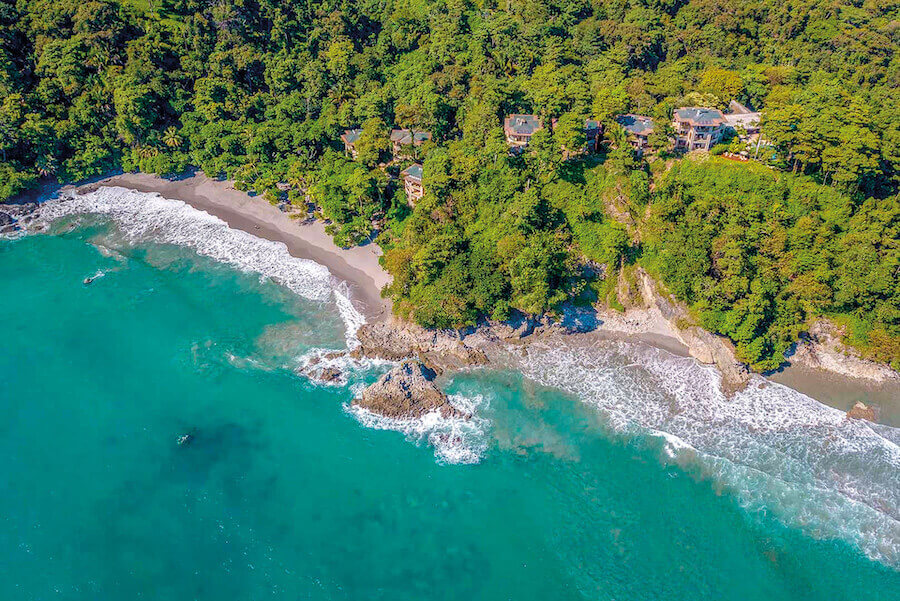
Arenas del Mar – Costa Rica
Costa Rica is the model of how eco-tourism can transform a country. Arenas del Mar sits in an important corridor for the area’s wildlife, tucked between the rainforest and the Pacific Ocean. Nature conservation is an integral part of the hotel’s sustainable philosophy with reforestation efforts undertaken over the past two decades, including the planting of 7,000 native trees and thousands of endemic plants. Guests can choose to donate to local schools or plant a tree.

Xala – Mexico
An exciting development on Mexico’s west coast, Xala hopes to redefine conscious tourism, with a community-driven development that will produce three hotels, a hostel, and more than 75 new homes. A 3000-acre conscious development 15 years in the making, as well as accommodation, Xala will provide a skate park, a turtle sanctuary, mango plantations and a football field, all to benefit the local community, fuel cultural integration, and preserve the environment. Keep your eyes peeled for this new opening, coming in 2023.
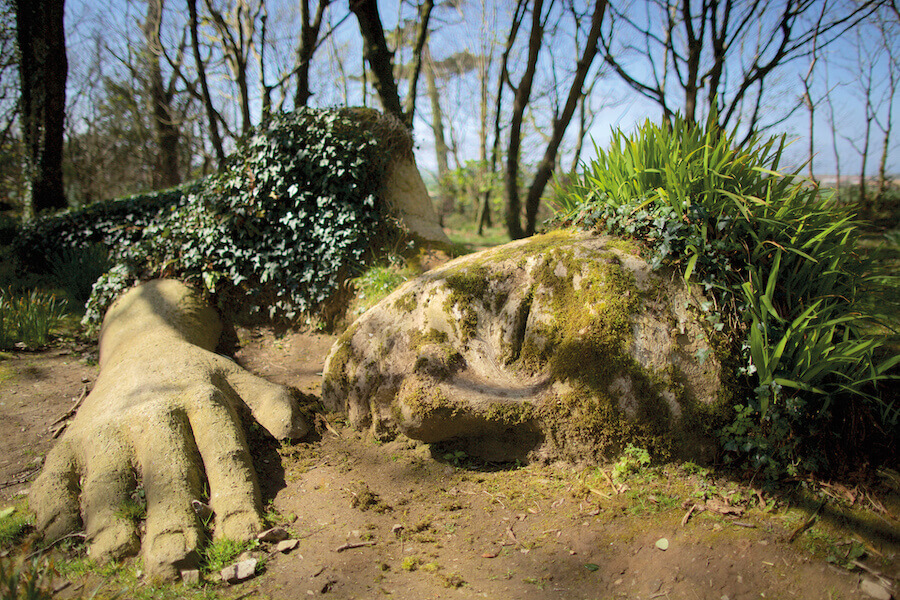
The Lost Gardens of Heligan – Cornwall
Conservation and regeneration are at the heart of this historic Cornish site. In 2008, Heligan was granted National Collection Holder status by Plant Heritage for its historic camellias and rhododendrons. Today, the Garden’s calendar is packed with events for all ages, from Rare Breeds Month through to the Christmas Grotto, meaning there is a host of engaging activities to ensure locals get the most from this cultural hub, too.
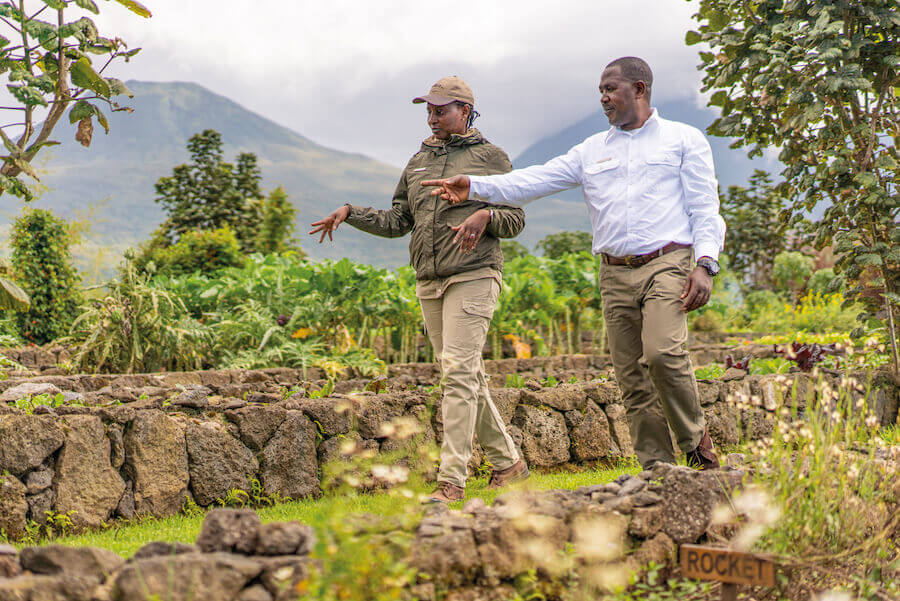
Singita Kwitonda Lodge – Rwanda
Set on 178 acres of lush land on the edge of Volcanoes National Park, Singita Kwitonda Lodge was created in partnership with the Rwanda Development Board and local communities. The project takes a long-term approach to conservation on the edge of the park, in line with the company’s 100-year vision to build sustainable revenue streams to fund the preservation of African wilderness for future generations.
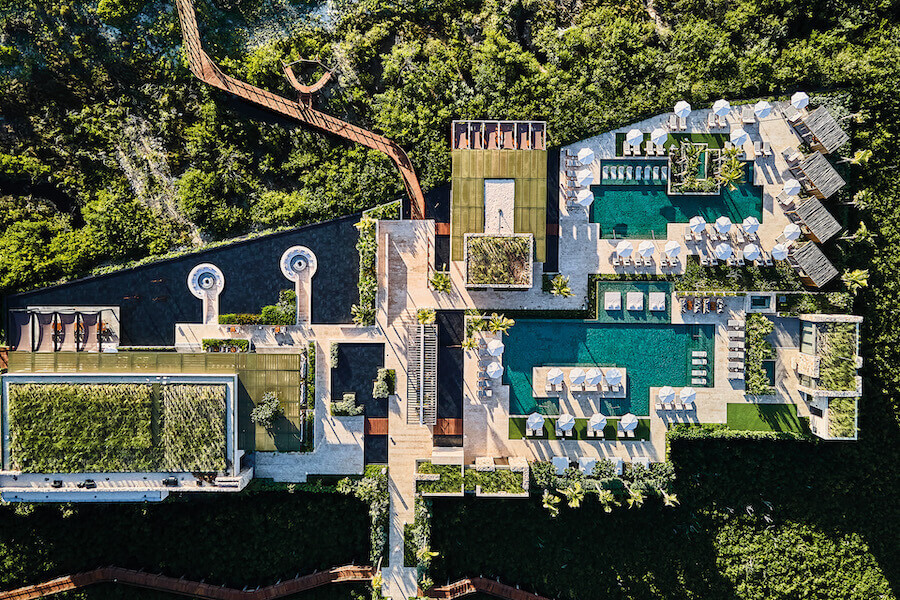
Etéreo – Mexico
Etéreo is built on just nine per cent of its 1,235-acre property, with the remainder – largely jungle and mangrove forest – left mostly undisturbed, building along a single road and putting buildings on stilts where necessary. Guests can get involved in conservation projects or work with the team of in-house botanists, while the resort is working with local communities, university researchers and conservation groups for a multi-pronged conservation programme
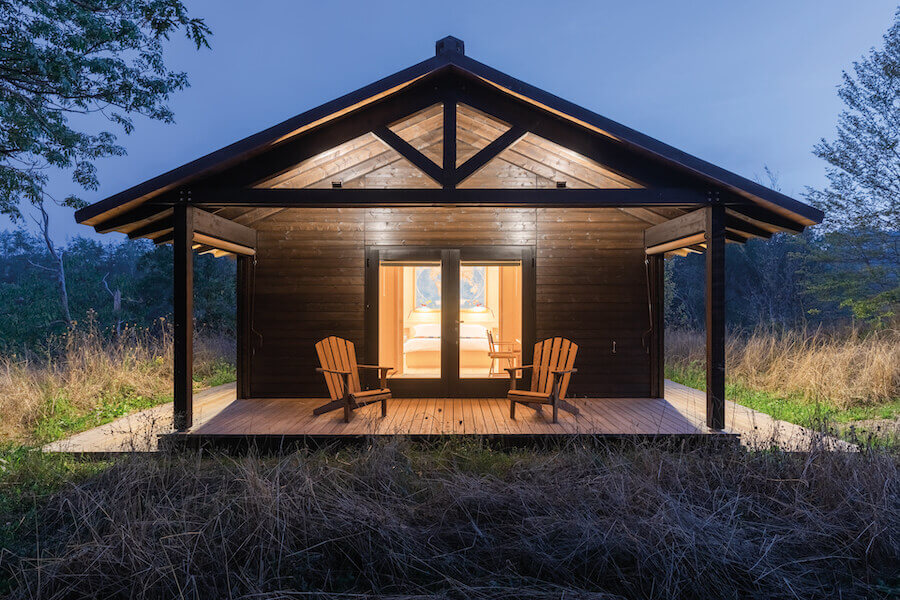
Oasyhotel – Italy
Located in the heart of Tuscany in San Marcello Piteglio, Oasyhotel has opened within the privately owned, WWF-protected Oasi Dynamo reserve. The thousand-plus hectares of land consist of undisturbed forest, farmland, lakes and rivers. With its strict protective restrictions, rare plants and a huge range of biodiversity can be found, in addition to incredible wildlife including wolves, deer and wild boar. Bird watchers can look out for goshawk, golden eagle and honey buzzard.
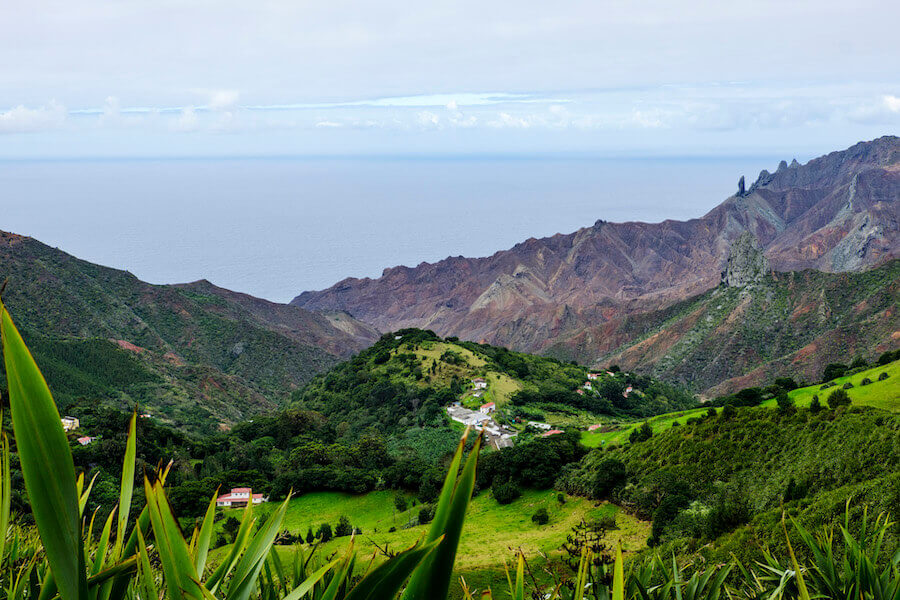
Saint Helena
One of the most remote islands in the world, this British Overseas Territory balances responsible tourism with protecting the natural environment –and was recently named the best eco-location and sustainable tourism destination in the 2022 World Commerce Review awards. Home to more than 500 species of plants and animals that are found nowhere else on Earth, the remote island has much to both see and protect. ‘Post Box’ walks – devised by the St Helena Nature Conservation Group (SNGC) – promote awareness of the flora and fauna of St Helena and encourage hiking as a sustainable form of tourism, while forest and marine protection ensure the natural environment is left untouched.
Weekly flights to the island are set to resume in October 2022.